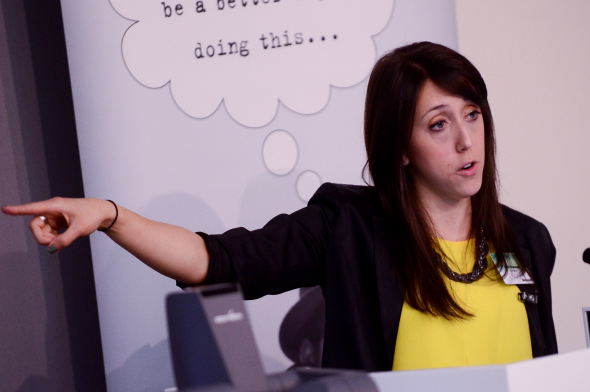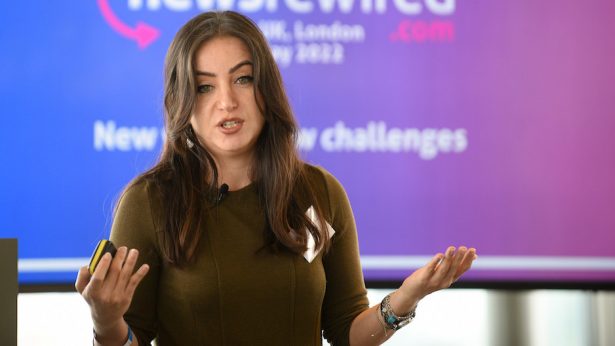The ability to help source stories, distributing content socially, and supplying complementary material means digital communities are becoming increasingly important to journalism.
The news:rewired conference, today in London, heard a series of expert tips on how to build and use those communities to everyone’s advantage.
Participate in existing communities
If you are working on a specific story there may often be pre-existing communities on a subject on different social media platforms, from forums or reddit to linkedin and twitter.
“Once you find these communities you actually need to join them and participate in them,” said Blair Hickman, social media producer, Pro Publica, “and the likelihood of that contribution is high but they need to trust you.
“The goal here is to get them to recognise your face so when they have something to share or you have a question they are more likely to relate it to you.”
Create your own community
Building communities around your media organisation is as important in sourcing content as creating one for a specific story. This can be through social media or creating specific platforms built into your organisation’s website. Constantly moderating the community is important but once people are engaging you need to find new ways for people to interact, by reaching out and setting tasks.
Choose the right platform
“Don’t just throw a net,” said Jo Kelly, communities editor, regionals, Trinity Mirror. “Be clever. Think about what you want to achieve and then think backwards from there.”
Choosing the right platform or right angle in approaching when, where and how to ask communities to engage is central to the quality of the story on the whole. This should be one of the first thoughts in mind when designing tasks for communities.
The crowd are your reporters
In cases of breaking news, your community is likely to be present at the scene before your reporters. Niko Ruokuoso, chief executive of Scoopshot, gave one example of a serious car crash in Helsinki where traffic was so bad that reporters where unable to reach the scene of the accident. Within six minutes of asking for submissions readers had submitted images that were later used alongside a written news report.
Make tasks compelling
In order to get a real response from your community the manner in which they engage needs to be, well, engaging.
The German news organisation WAZ Media used Scoopshot to source photographs of potholes in the roads for a Dortmund newspaper. Included in the request was a pledge to give the photos to the local authorities, therefore giving the public a double incentive of engaging with their local newspaper and making a real difference in their city.
Organise sources
Blair Hickman explained how Pro Publica chose to source stories from their community by using Google forms to create a questionnaire. The questionnaire could then be embedded in any article around the web but the information would lead back to a Google spreadsheet which would automatically organise the information into a usable form. This can apply to community’s responses or contact information.
Think multiplatform
“If you’re getting a story that comes in that gets posted on the website, don’t let it stop there,” said Sarah Brown, producer, CNN iReport.
“You’ll be getting tweets, retweets, comments, reaction – always keep an eye on what’s bubbling up as a result of the story, it does not end when you hit publish.”
The more platforms that a story goes out on the more chances of interaction there may be, creating an increasingly positive “rate of return”.
Always respond
“Happy iReporters become repeat contributors,” said Sarah Brown, explaining how fostering positive interactions between contributors and the organisation, and between individual contributors themselves, strengthens the community and encourages contributors to return in the future. Even if the first video someone submits is wobbly and out of focus the next maybe integral to coverage of a story but you won’t know if they don’t come back.



